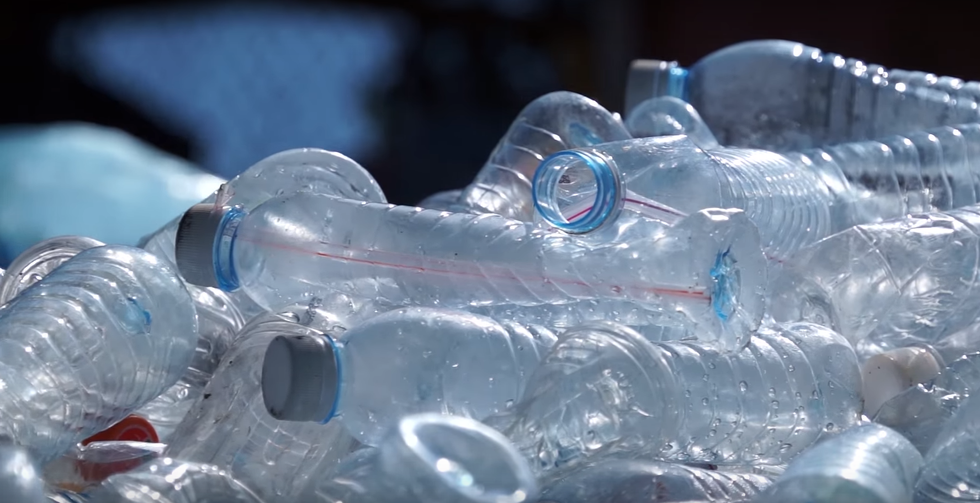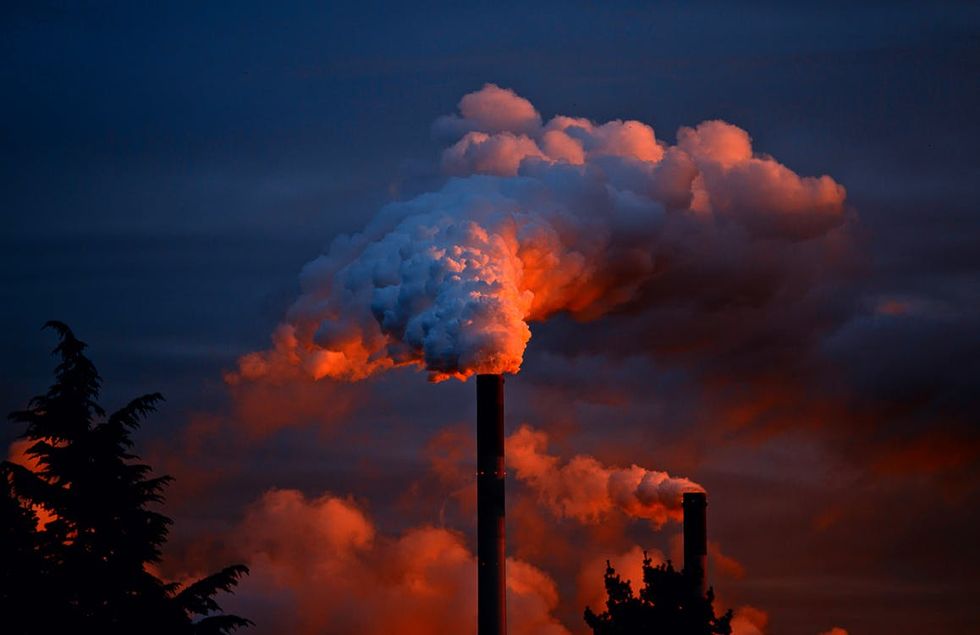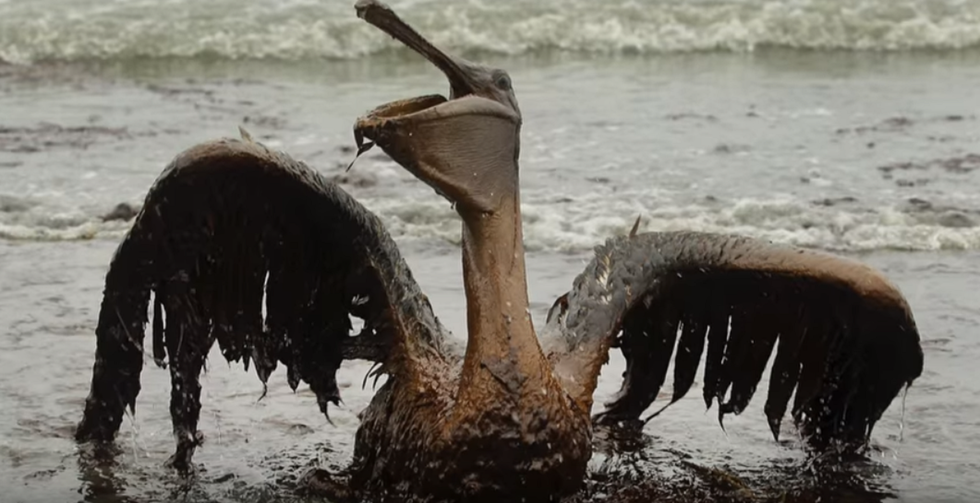Our Earth is sick, and we are to blame.
During the Industrial Revolution, coal became a popular energy resource. The excessive burning of this fossil fuel has released significantly higher than natural levels of greenhouse gases into the atmosphere, causing a dramatic increase in global temperatures and air pollution.
Air pollution is the deadliest form of pollution, killing millions of people per year. A shocking 92 percent of people live in places where the air pollution exceeds safe limits. Breathing in these toxic fumes may cause diseases such as asthma, lung cancer, chronic obstructive pulmonary disease, and emphysema. Children are especially vulnerable to air pollution-related diseases due to their increased time spent playing outdoors and their developing immune system.
The increase of CO2 in the atmosphere is also causing the global climate to warm, which is melting the polar ice caps. Significant amounts of water are stored in ice caps and glaciers across the planet, and if it all were to melt, the sea level would rise 70 meters, enough to cover every coastal city. Along with the rise in water levels, the increase in temperature is causing ocean currents to become warmer, forcing animals to migrate long distances which they often don't survive.
Many skeptics don’t see this as a serious problem, but for many species on Earth, these rising temperatures could cause them to go extinct due to habitat loss. There have been five confirmed mass extinctions on Earth, the most recent occurring 65.5 million years ago, but ecologists say that we are presently living in the sixth mass extinction. Currently, one-quarter of mammals are endangered, and some scientists predict that within the next 100 years, 30 percent of Earth’s plants and animals will be extinct.
Unfortunately, the rise in temperature is not the only thing CO2 is causing. Carbon dioxide is dissolving into the ocean and turning the water more acidic. Ocean acidification is a serious concern of many scientists, as it affects life on the lower end of the food chain. If life such as corals, shellfish, algae, and starfish go extinct, there would be catastrophic impact all the way up the food chain ending with humans.
Thanks to human actions, the ocean is being polluted in more ways than one. Along with effects of air pollution, the ocean is being directly contaminated by our sewage and trash, not to mention oil. According to the Department of the Interior Minerals Managment Service, between the years of 1971 and 2000, there were 250,000 oil spills in US waters alone.
Instead of protecting the ocean, we have been using it as our own personal waste dump. “Humans dump between 5.3 million and 14 million tons of plastic into the ocean annually.” To give you a little perspective, 9 million tons of plastic equates to about 136 billion milk jugs. If you were to stack those end to end, the chain would reach over halfway to Mars. If we continue at these rates, scientists predict that by 2050 there will be more plastic than fish in the ocean by weight (pound for pound).
Our neglect to dispose of such materials properly results in massive collections of garbage formed by ocean currents, like The Great Pacific Garbage Patch. While there is no scientific size estimated for the Pacific Garbage Patch, it has often been estimated to be around twice the size of Texas and possibly larger.
Unfortunately, plastic is incredibly durable, which may be good for when we are actually using it, but once it enters our landfills or oceans it becomes a problem. Its durability means it degrades very slowly if at all. Styrofoam is another example of this problem seeing as it is non-biodegradable. Styrofoam is especially dangerous because it absorbs harmful chemicals and then is eaten by fish. These chemicals then circle back to us when we eat the fish.
We, humans, are contaminating our own food source and polluting our own air. We are killing our planet and we are killing ourselves. If we don't change our ways, the world as we know it will be lost. The famous scientist, Jonas Salk once said:
“If all the insects were to disappear from the Earth, within 50 years all life on Earth would end. If all human beings disappeared from the Earth, within 50 years all forms of life would flourish.”
Thankfully, countries all around the globe have come to this realization and are ready to take action. Countries are turning to using more green energy to lower their carbon footprint and are taking many other actions to keep the Earth healthy. A few more ways we could lower or pollution rates would be by lowering plastic production, improving our waste management, and placing a tax on carbon. If citizens are fined for littering, why should companies be let off the hook? Hopefully, these goals can be met, but it wouldn't hurt for those at home to join the movement too.
Some things you could try at home would include using reusable cloth bags instead of plastic, donating old clothes instead of throwing them away, carpooling or riding your bike as transportation and only using electricity when it is absolutely necessary.
Every little bit helps, so make sure you are doing your part to keep the Earth healthy.
























